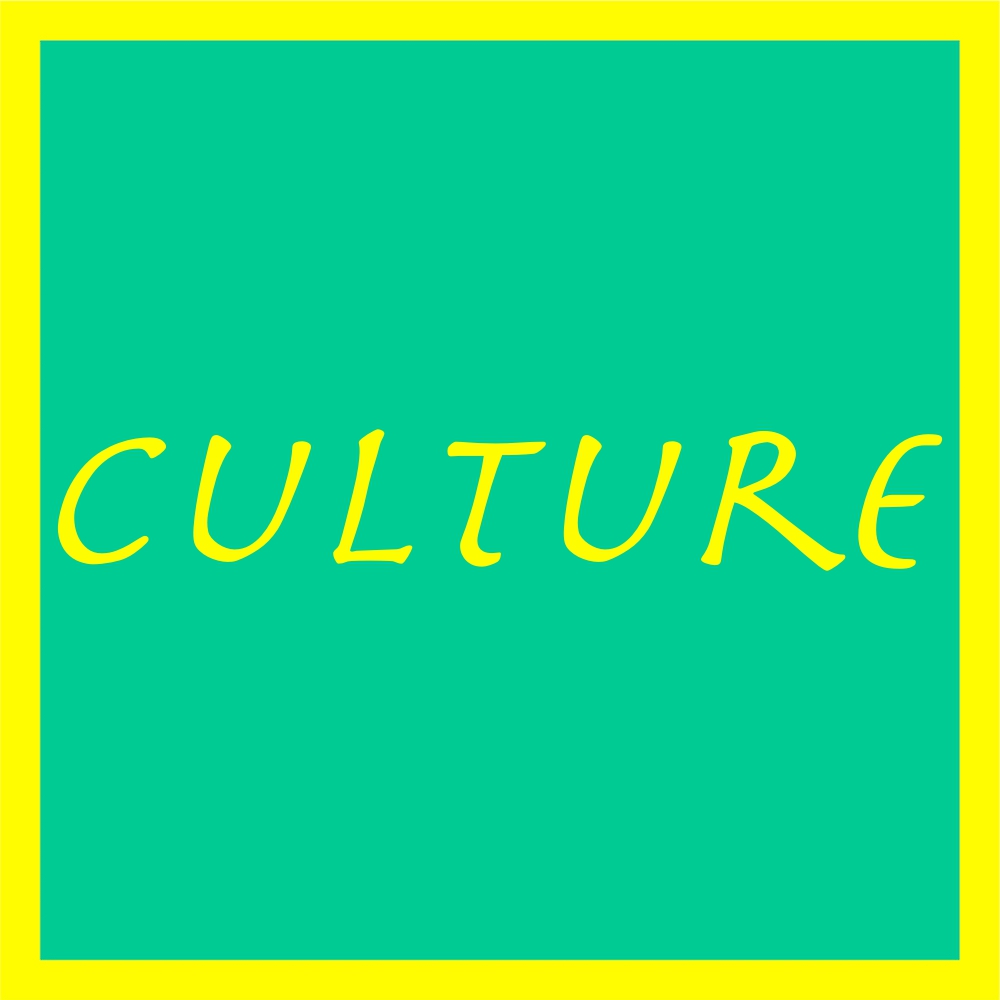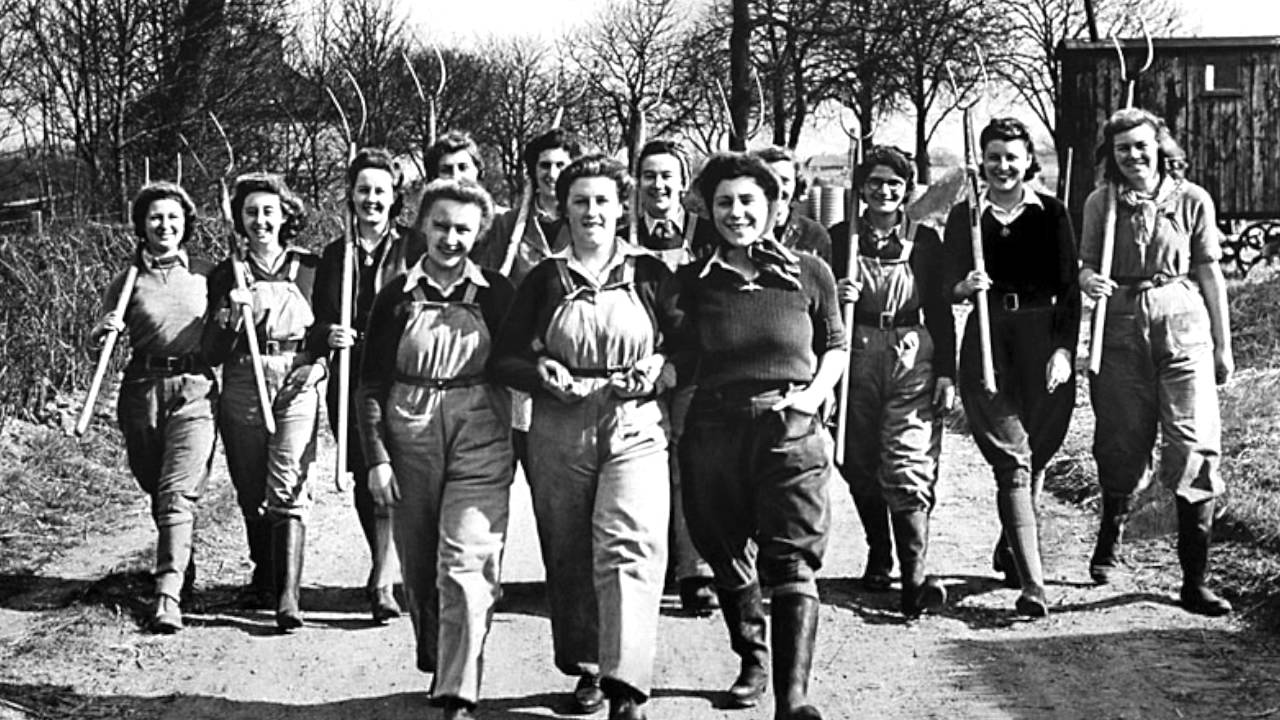




Back to the Intro Page







By now more clothes were being made in factories than at home. This would mean that people would start wearing the same as others. When people made they own clothes, they had their own individual style. Men continued to wear suits and even the working class would have one suit for best, usually to be worn on Sunday. In the early part of the period, winged colours were fashionable on shirts. Some people refused to follow fashion and Richard's grandfather was still wearing a winged collar in the 1960s. Many middle and upper class men wore waistcoats too. The rich would wear top hats or, in summer, the boater. For the working class man a flat cap was more often the chosen head wear. Clothes for women were easily available. Despite the fact that during World War I while working in factories and the fields, women had worn trousers, it was still unusual to see women in trousers in everyday life. Fashion was now changing every few years, sometimes more often. At the beginning of the period most skirts and dresses were well below the knee and formal evening wear would be ankle length. It was not considered wrong to wear a fur stole made of real animal fur. After the end of World War One skirts and dresses rose to about knee level. People would still wear very formal clothes for evening wear, even if just going to a restaurant for dinner.
Back to the Victorians Hoots - ClothesForward to Around WWII Hoots - Clothes

